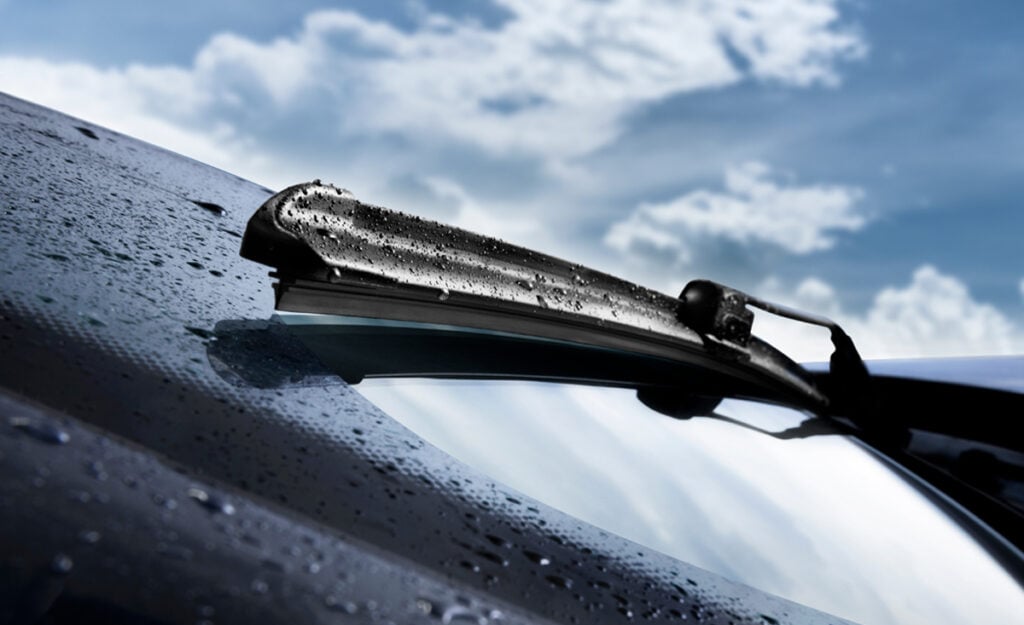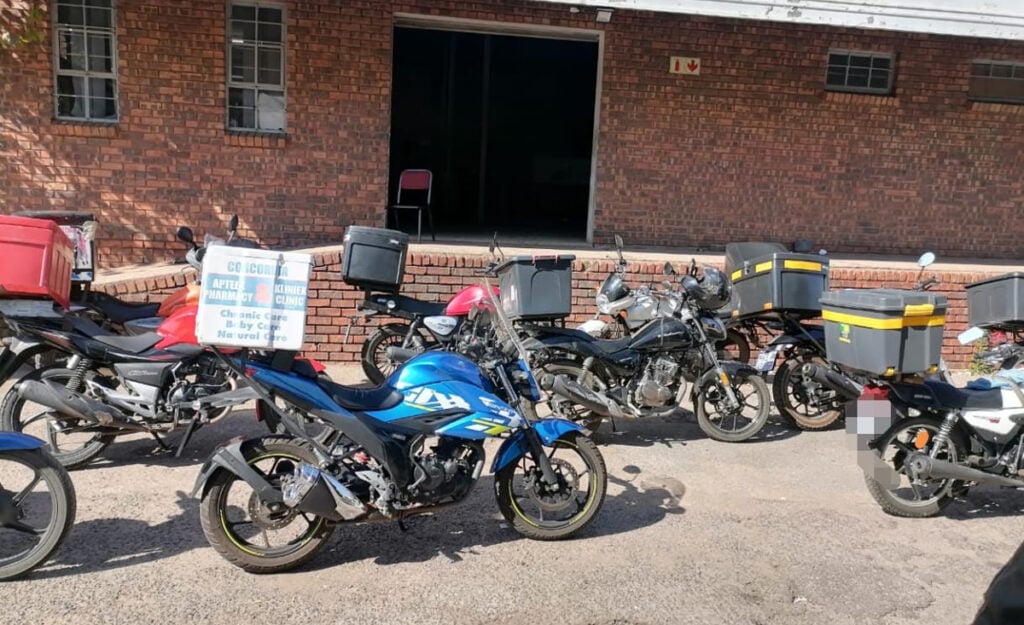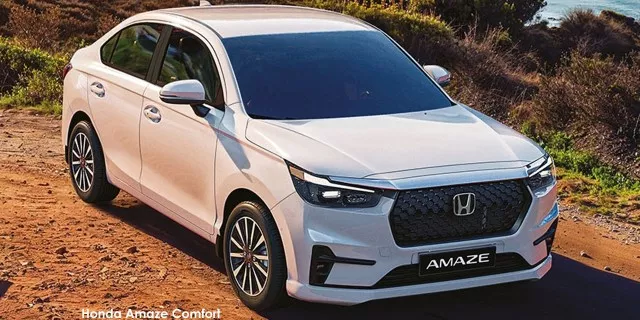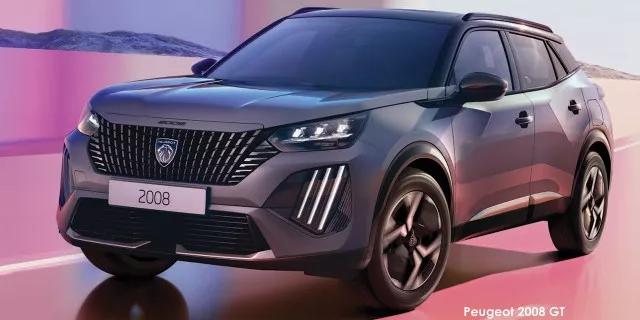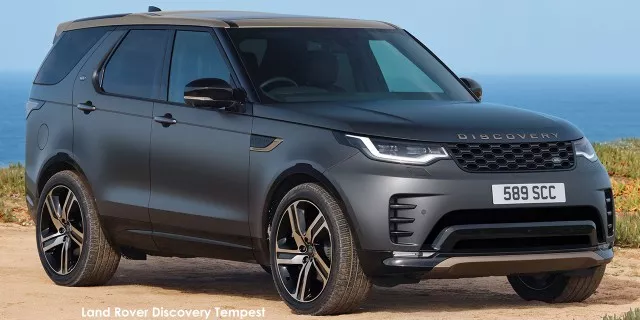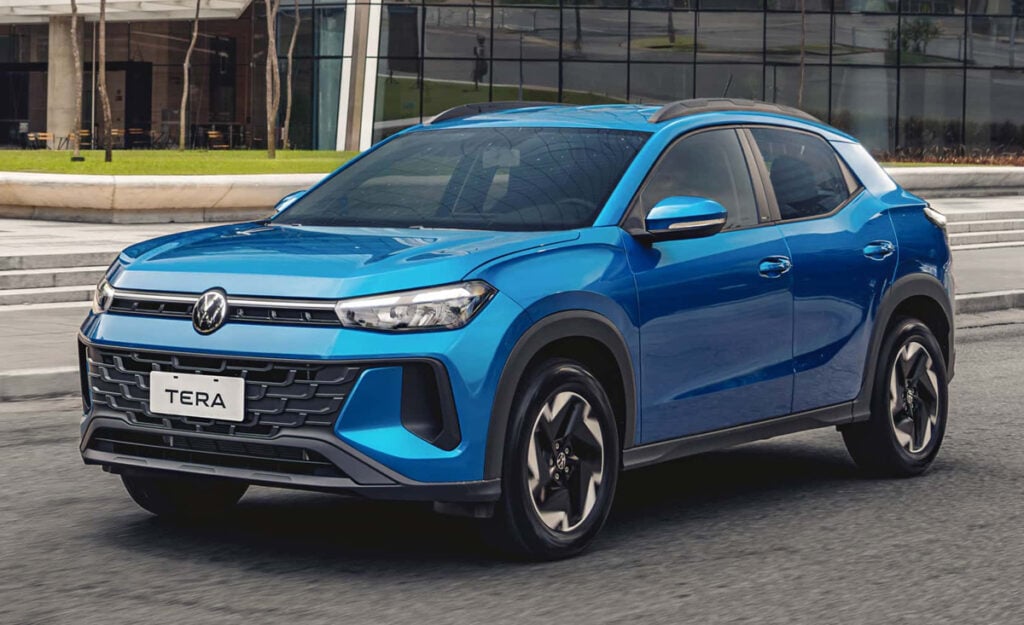
VW has officially entered the next phase of development for an assembly line that will produce a new entry-level (A0) SUV for South Africa.
The automaker previously announced that it had halted the production of the Polo and Polo Vivo hatchbacks at its Kariega factory in the Eastern Cape to allow for upgrades to be made to the plant.
These upgrades were done in preparation for the inclusion of a third assembly line, which will be used to produce a new crossover that will slot below the T-Cross in terms of size and price.
“The planned work builds on the foundation of the installations performed in December 2024 during the plant’s annual shutdown,” said VW Group Africa (VWGA) Production Director, Ulrich Schwabe.
“Approximately 60% of the required changes were effected over the 25 days of shutdown, including the installation of 38 new fixtures and seven new robots, along with other modifications.”
The remaining 40% was then completed over a four-week period running from 14 April to 12 May 2025.
These upgrades included various enhancements to the Body Shop, Paint Shop, and Final Assembly that will allow Kariega to produce three different cars simultaneously.
Now, VWGA has confirmed that it has embarked on the next phase of its preparations for the new SUV, which is scheduled to go into production by 2027.
It also stated that the assembly of the Polo and Polo Vivo will resume normal operations now that the upgrades to the facility have been completed.
“The A0 SUV Entry project is now in its commissioning phase. This entails a systematic process of bringing the new equipment online and performing necessary checks to ensure these are functioning optimally,” said the company.
“This is being done over weekends in order to prevent any disruption to Plant Kariega’s production over three shifts.”
VW’s new budget-friendly SUV

While VW South Africa is simply referring to the new car as an “A0 SUV” for the time being, the model already has a name and a face.
Enter the Tera, a small crossover dreamt up by the German carmaker to reclaim the entry-level auto segment from Chinese and Indian brands.
The Tera was initially developed for Latin American markets and is currently produced at a single facility in Brazil, though this will obviously change once VW’s new assembly line at Kariega is up and running.
The new model, therefore, represents a joint project between VW SA and VW Brazil to produce a more affordable crossover for markets where the T-Cross is no longer within reach of many households.
“The A0 SUV Entry project is an exciting one for Plant Kariega, as VWGA is working closely with colleagues in Volkswagen do Brasil to develop, build and launch this model,” said Schwabe.
Coincidentally, the Tera has just gone on sale in Brazil, which means we now have a solid indication of what we can expect when it reaches South Africa.
Regarding its size, the following table shows how the Tera compares to the T-Cross:
| Dimension | VW Tera | VW T-Cross |
|---|---|---|
| Length | 4,151mm | 4,135mm |
| Width | 1,777mm | 1,760mm |
| Height | 1,504mm | 1,573mm |
| Wheelbase | 2,566mm | 2,551mm |
Overall, the two cars are very similar with the notable exception of height, as the Tera appears to be noticeably shorter than its sibling.
It also has a smaller 350-litre boot compared to the T-Cross’s 385-litre trunk, according to Motor1.
The far more meaningful distinction between the two crossovers, however, is their powertrain selection, as this is where the Tera shows its budget roots.
The Tera is offered with a non-turbocharged version of the brand’s familiar 1.0-litre petrol engine, which generates 56kW and 92Nm.
The higher-tier models are then offered with a 1.0-litre turbo-petrol (TSI) powerplant, which has two different outputs depending on the gearbox.
The non-turbo Tera is only available with a five-speed manual shifter, while the TSI units can choose between the manual and a six-speed automatic transmission.
The manual TSI produces 81kW and 165Nm, while the automatic can tap into 85kW and 170Nm.

Interestingly, while the Tera is positioned as the brand’s entry-level SUV, the equipment sheet is still rather generous if the Brazilian brochures are anything to go by.
The base models come with 15-inch wheels, LED headlights, electric side mirrors, a height-adjustable driver’s seat, air conditioning, an 8-inch digital driver display, and a 10-inch infotainment screen with wireless Apple CarPlay and Android Auto.
It also features assistance and safety functions like traction control, cruise control, rear parking sensors, driver fatigue monitoring, hill assist, automatic emergency braking, and six airbags.
The various trim levels will then throw in items like 17-inch diamond-cut alloy rims, a leather steering wheel with paddle shifters, adaptive cruise control, automatic climate control, ambient lighting, a wireless phone charger, a rearview camera, blind-spot detection, and lane-change assist.
In Brazil, the Tera has a starting price of 99,900 reals, which works out to roughly R315,000 at the current exchange rate.
As a point of reference, the T-Cross currently retails for R399,900, so the Tera is certainly a lot cheaper.
That being said, it’s difficult to say with any certainty how much the Tera will cost by the time it goes on sale in South Africa, considering its local debut is still two years away.
It also won’t be called the Tera, as VWGA plans to use a different name for our market, though it has yet to say what this name will be.
